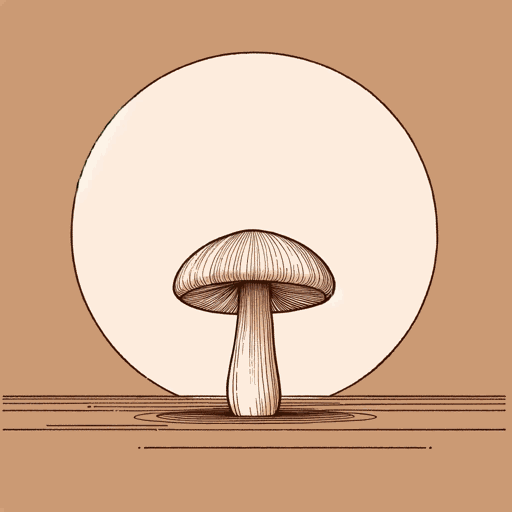75 pages • 2 hours read
Anna Lowenhaupt TsingThe Mushroom at the End of the World
Nonfiction | Book | Adult | Published in 2015A modern alternative to SparkNotes and CliffsNotes, SuperSummary offers high-quality Study Guides with detailed chapter summaries and analysis of major themes, characters, and more.
Before You Read
Summary
Preface
Prologue
Part 1, Introduction
Part 1, Chapters 1-3
Part 1, Interlude 1.1
Part 2, Introduction
Part 2, Chapters 4-7
Part 2, Interlude 2.2
Part 2, Chapters 8-10
Part 2, Interlude 2.3
Part 3, Introduction
Part 3, Chapters 11-13
Part 3, Chapters 14-15
Part 3, Chapters 16-17
Part 3, Interlude 3.3
Part 4, Introduction
Part 4, Chapters 18-19
Part 4, Chapter 20 and Conclusion
Key Figures
Themes
Index of Terms
Important Quotes
Essay Topics
Part 3, Chapters 16-17Chapter Summaries & Analyses
Part 3: “Disturbed Beginnings: Unintentional Design”
Part 3, Chapters 16-17 Summary and Analysis
This section covers Chapters 16-17, “Science as Translation” and “Flying Spores,” as well as Interlude 3.2, “In Gaps and Patches.”
Tsing argues that the drive for uniform cohesiveness is particularly visible in Western models of science: “Translation helps them watch the elements of science come together into a unified system of knowledge and practice. There has been less attention to the messy process of translation as jarring juxtaposition and miscommunication” (217). Science, like history, deserves untidiness in the interest of proper understanding. This diversity shows up within academic and scientific structures, as Japanese matsutake science is not well understood outside the country, and produces radically different views of human involvement, with Japanese scientists seeing intervention in forests as necessary, while Americans cast it as a threat. Though this may seem like two sides of an argument, Tsing disagrees, writing, “This is not a debate: despite the fact that both groups of scientists circulate internationally, there has been almost no communication about these positions” (218). Chinese experts see the US as the model to emulate and compete with, so they are more influenced by this model despite their forestry trajectories somewhat resembling Japanese ones.

